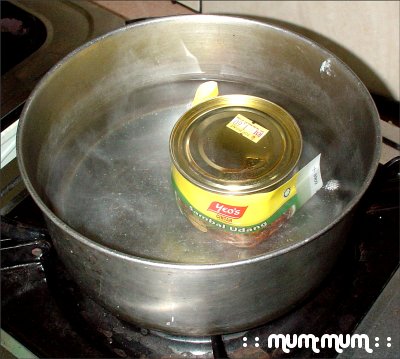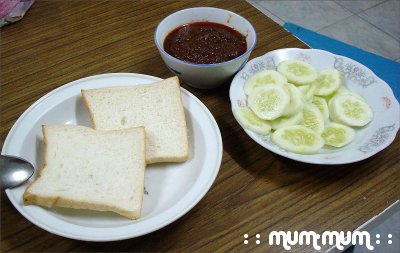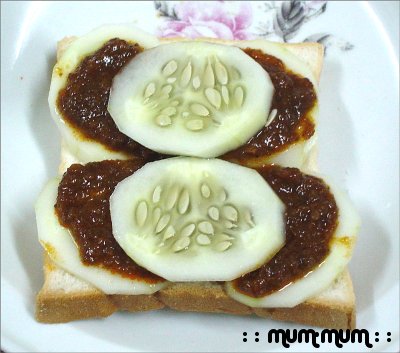: : Gula Melaka & Gula Apong : :
Got an email from ST Ngiam from Singapore asking whether Gula Melaka is made from nipah or not.
> Hi,
>
> I came across your mum-mum blog when I was searching for
> info on gula
> melaka. Very nice.
>
> There’s been a bit of discussion on the nature-singapore
> list
> (http://groups.yahoo.com/group/nature-singapore)
> regarding the source
> of gula melaka. Everyone agrees that coconut can be used
> to make gula
> melaka. We’re split on whether nipah palm can be used to
> make gula
> melaka.
>
> You refer to both a few times in your blog. Is it true to
> say that in
> Sarawak, gula abong is only made from nipah while gula
> melaka is only
> made from coconut ?
>
> How different are gula melaka and abong in texture, taste
> etc ?
>
> Thanks
>
> Shih Tung
My reply :
HI Shih Tung,
Wow! You’re right about the discussion going on at
nature-singapore group. After your email, I went to join
the group to have a peek at what the discussion was all
about.
Anyway, I spoke for some time after dinner with my granny
and Uncle Cyril (who happens to be a nature lover, me not
really). Below are the findings of the discussion.
Gula Melaka – extracted from the flower bud of a coconut
tree. Several slits are cut into the bud and a pot is tied
underneath the bud to collect the juice. Then, the juice is
boiled until it thickens. Toddy is made this way.
Gula Apong – extracted from the flower bud of a nipah palm.
Same method of extraction as Gula Melaka.
Gula Apong is apparently bitter compared to Gula Melaka. It
is also blacker in colour but gula melaka is thicker.
Back in Penang in the old days when my granny was living
there (30s to the 50s), Gula Apong was not available there.
She came across Gula Apong when she moved to Sarawak in the
60s with my grandfather. She didn’t develop a taste for it.
Anyway, Gula Apong would probably be more widely available
in Singapore and West Malaysia now as Sarawakians travel
back and forth looking for work or have settled down there.
Both Gula Melaka and Gula Apong are used in desserts as
well as for making kuih. Both need to be filtered to
removed out any debris leftover from the processing of the
sugar. Sometimes, there are bits of leaves and insects
still leftover in them but in Singapore, it’s probably
filtered out already.
I was reading the details from Mr. Yap which is very
interesting. It could be that Gula Melaka is now made on a
larger scale using nipah but one would need to verify this.
Even cottage industries can be at a very large scale when
one puts one’s mind to it.
I’ll post this up on the blog and see what the response is
like.
Hope this was useful.
Cheerio!
Wena
So, what do you think? I’m wondering whether it’s true that nipah palm is used to make Gula Melaka.
Please leave your views and comments in the Comments section at the bottom of this posting.
Thanks.


